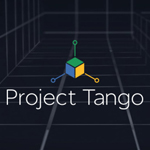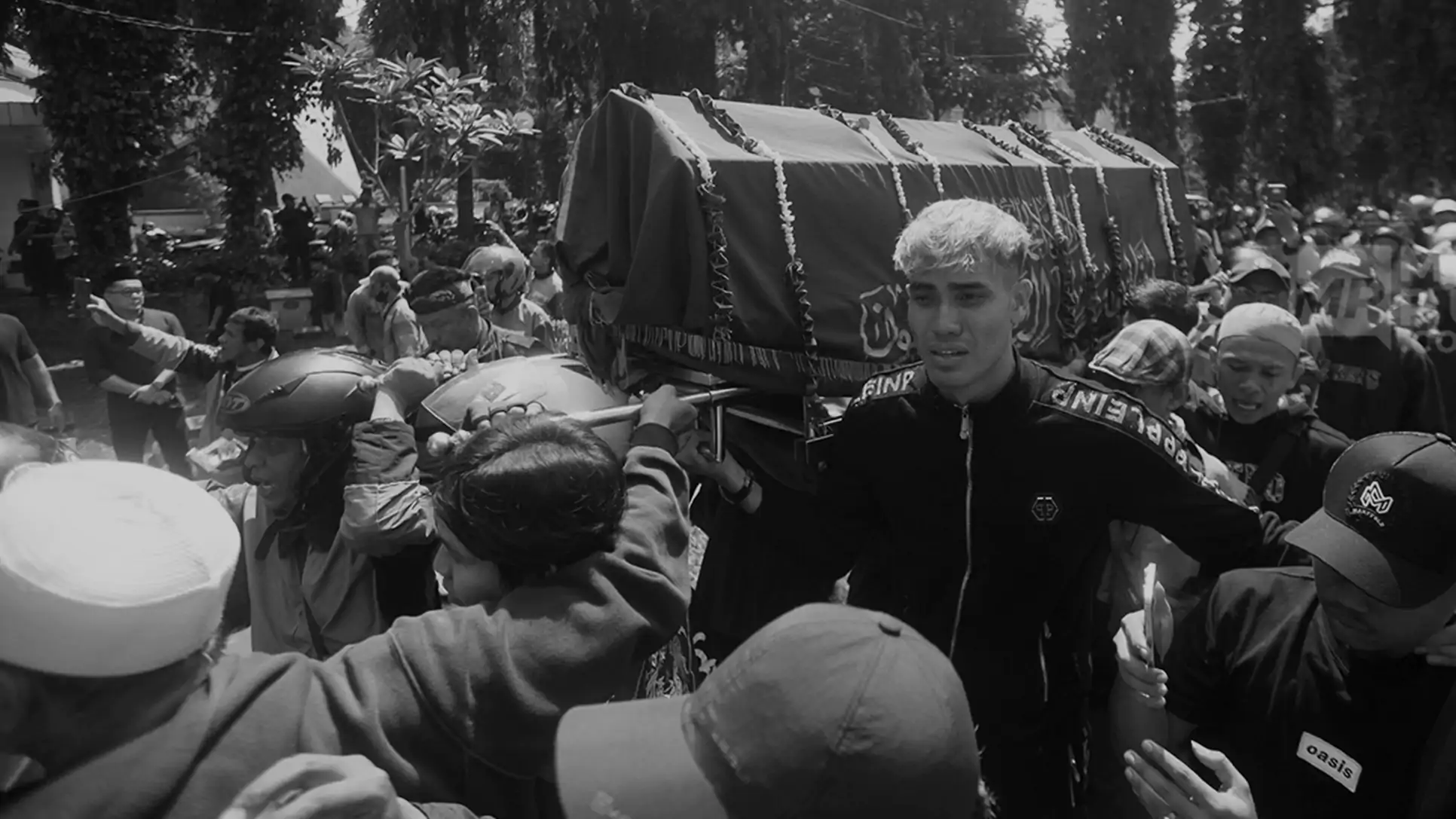
"As we walk through our daily lives, we use visual cues to navigate and understand the world around us. We observe the size and shape of objects and rooms, and we learn their position and layout almost effortlessly over time.
This awareness of space and motion is fundamental to the way we interact with our environment and each other. We are physical beings that live in a 3D world. Yet, our mobile devices assume that physical world ends at the boundaries of the screen. The goal of Project Tango is to give mobile devices a human-scale understanding of space and motion."
Johnny Lee, ATAP-Project Tango Team.
Project Tango is the name of the new initiative that Google with its ATAP (Advanced Technology and Projects) have built into a prototype Android smartphone that can learn and map the world around it. The device is equipped with variety of cameras and vision sensors that provides a whole new perspective on the world around it.
The device learns the dimension of rooms and spaces by just being moved inside of them. Project Tango is Google's hope to create a robust map of the world.
Although it's an ambitious project, but it shouldn't be much of a surprise that the idea came from a company that had mapped the globe.
The Tango devices work by using a motion tracking camera and a depth sensor built into the back of the device. While being moved around, the sensors will detect their orientation and what's in front of them, using that data to build out a 3D map of their surroundings. While the basic goal is to create detailed indoor maps, the possibilities coming from this type of data can be used to create a realistic augmented reality.
The technology is still young and Google acknowledged that. But the company sees it as a way to reaching millions of people down the road. Google says it did not create Tango all on its own, however, but with assistance from various universities and research institutions as well. The project has been in the works at the Advanced Technologies group for the past year.
Google works with Movidius, the company that developed the technology in Tango. It has developed the processing chips and worked with partners to get the cameras and sensors required to give a smartphone the same level of computer vision and tracking that formerly required much larger equipment.
Movidius CEO, Remi El-Ouzzane, said that "the technology isn't very different at all from what NASA's Exploration Rover used to map the surface of Mars a decade ago, but instead of being in a 400-pound vehicle, it fits in the palm of your hand."
The early device on the demo was a 5" phone with standard 4MP camera that is able to display a heat map with a special combination RGB (Red, Green, Blue) and IR (Infrared) sensor and a lower-resolution image-tracking camera, layering the blue colors for far objects and red for those that are closer.
Paired with the device's standard motion sensors and gyroscopes, it can map paths of movement to 1 percent accuracy and render it onto an interactive 3D map within seconds.
Those image sensors give the smartphone a similar perspective on the world, complete with spatial awareness and a perception of depth. The data is then received by Movidius' custom Myriad 1 computer-vision processor, which can then process the quarter million per second 3D measurements to apps through a set of APIs.
Tango can capture a wealth of data never before available to app developers, including depth and object-tracking with real-time 3D mapping, all packed into a smartphone. The depth-tracking technology could also be used to help the visually impaired "see" in front of them and give them warnings and alerts to obstacles in their paths.
Besides Project Tango, efforts under ATAP include Project Ara, Google's modular smartphone.
